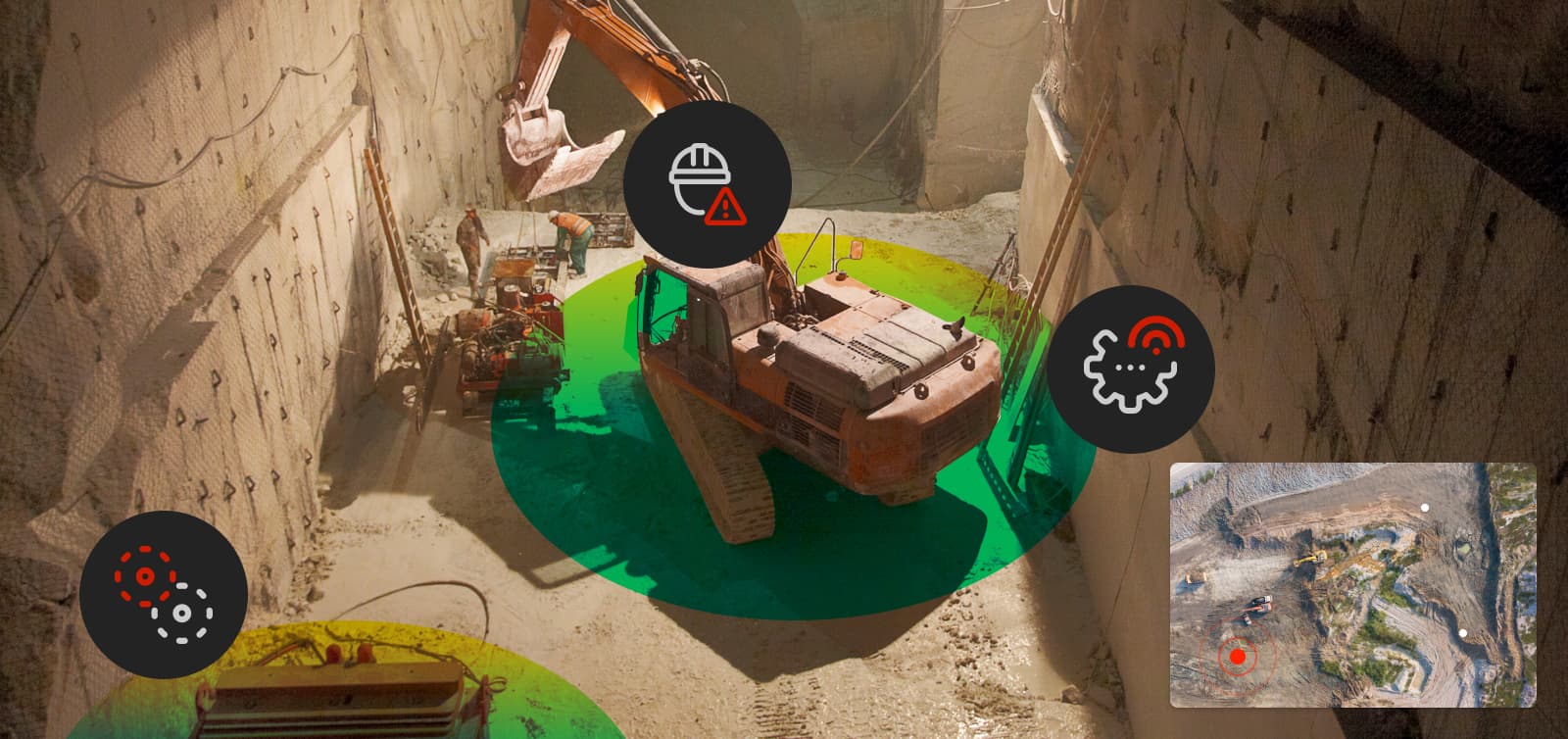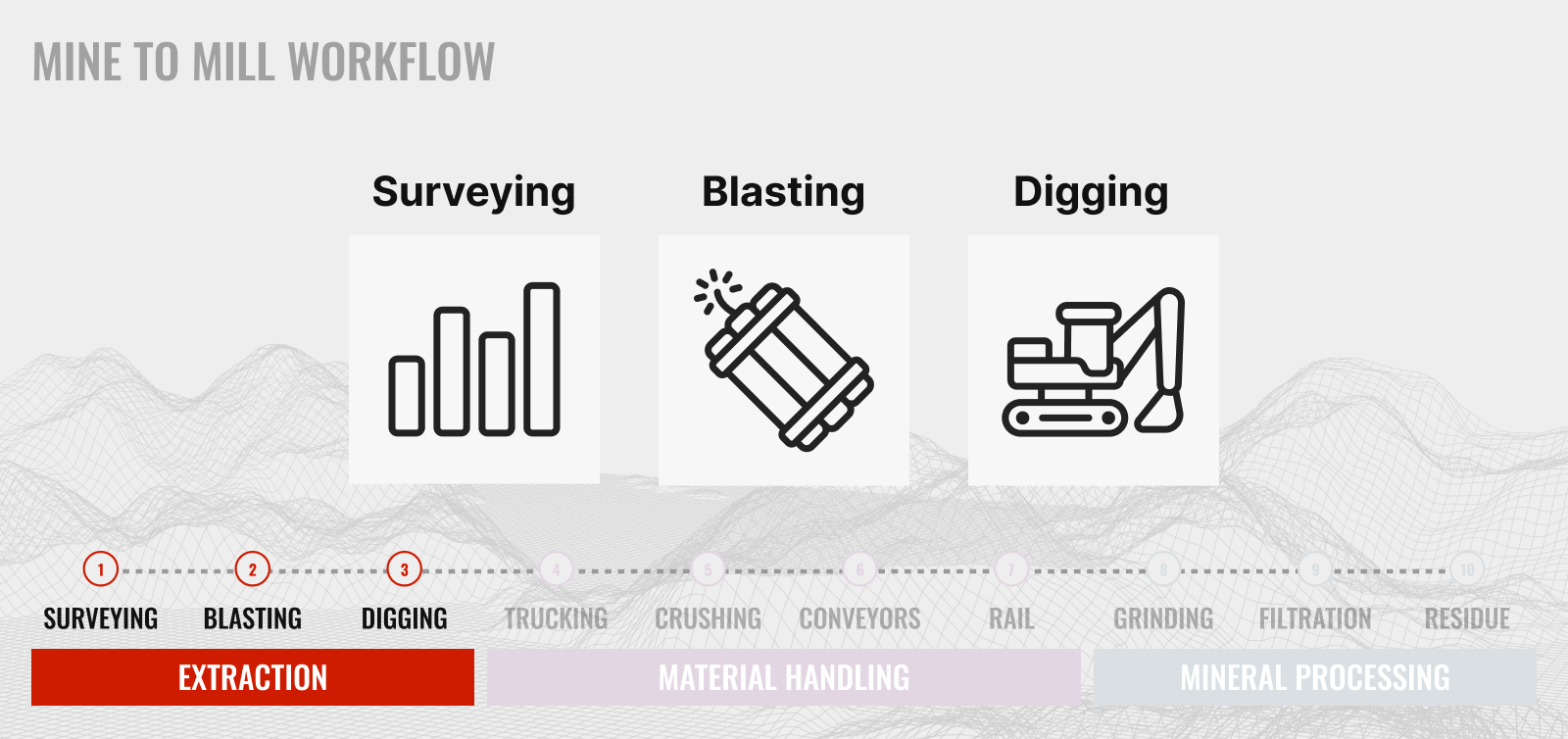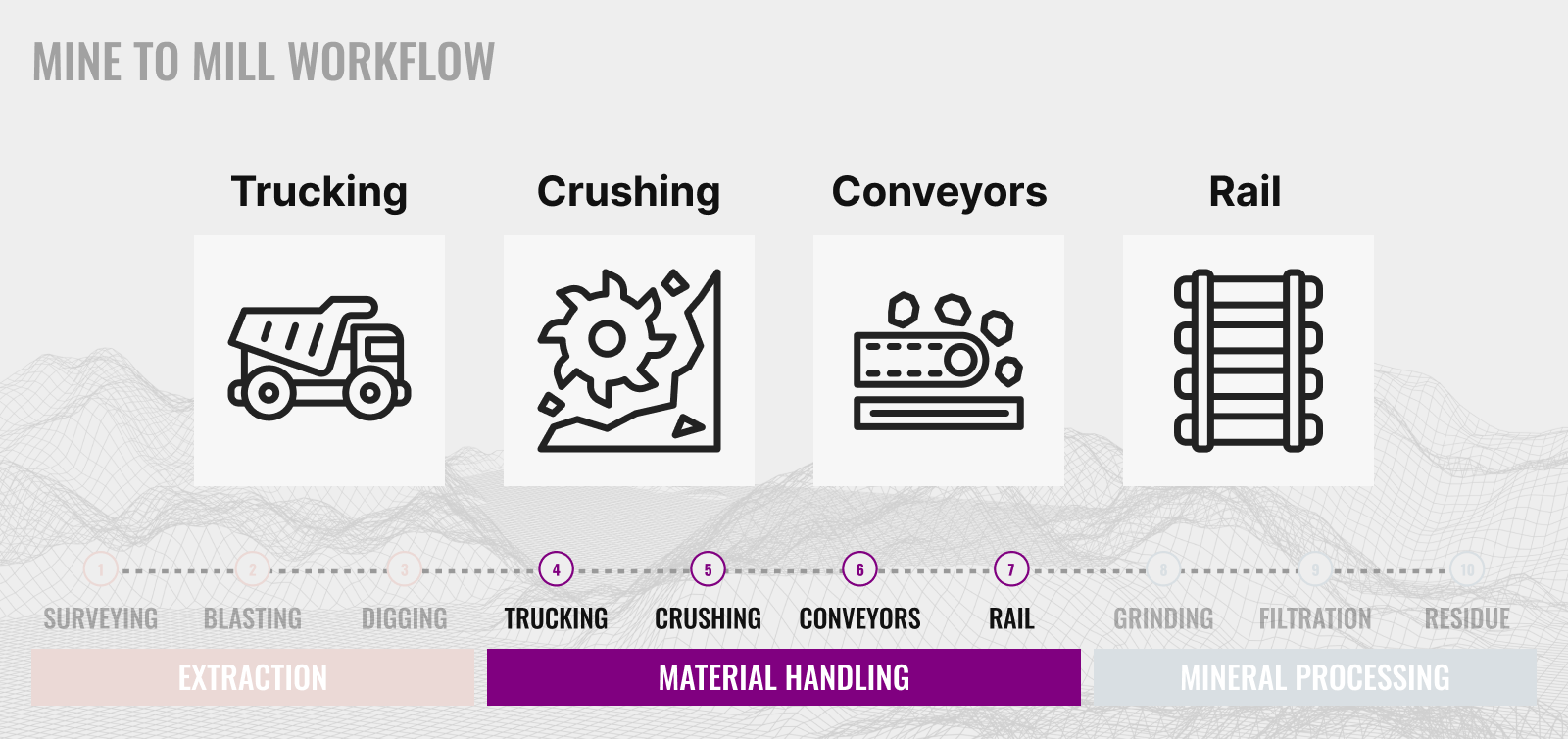When exploring AI's impact on the mining industry, and virtually any other sector, it's clear that its influence is both substantial and rapidly expanding! By 2024, global spending on AI platforms for mining is expected to reach $218 million, up from $76 million in 2019, representing a compound annual growth rate (CAGR) of 23.4%. AI is being used to enhance resource estimation accuracy, optimize asset management, improve safety and increase operational efficiency. For instance, AI algorithms analyze geological data to provide precise estimates of mineral reserves, aiding investment and production planning decisions. Additionally, AI-driven predictive maintenance helps prevent costly equipment downtime by detecting issues before they become critical. The scope is beyond significant with the benefits projected to be realized over a broad range of timelines.
With continued downward pressure on margins, naturally miners are forced to think both tactically about how they can reduce downtime and improve productivity, while maintaining their high safety standards. More over strategically, they are thinking long-term to truly transform their operations in the digital mining operations of the future.
Which is where Unleash live comes into play. How our AI video analytics work in the mining industry is very much focused on the use case applications. In essence, how can we realize immediate benefits without the pain of large-scale technology and operational disruptions?
The answer, real-time video analytics for mining DVMS.
What is a DVMS in Mining
A digital video management system (DVMS) is a software application that helps mining companies manage their video footage. It allows them to view, record and store video data from existing cameras installed around their mines. DVMS can also be used to analyze video footage to identify potential safety hazards or security breaches.
DVMS can be a valuable tool for mining companies as it can help them to:
- Improve safety: monitor operations and identify potential safety hazards, such as equipment malfunctions or unsafe working practices. This information can be used to prevent accidents and injuries.
- Increase efficiency: monitor operations and identify areas where efficiency can be improved. This information can be used to improve productivity and reduce costs.
Some of the common features of a DVMS for a mining company include:
- Camera management: allows you to manage all of your cameras in one place. You can add, remove and configure cameras, as well as view live and recorded video from any camera.
- Recording and playback: allows you to record video from your cameras. You can set recording schedules and you can playback recorded video at any time.
- Video analytics: can be used to analyze video footage to identify potential safety hazards or security breaches. This information can be used to prevent accidents and injuries and to detect unauthorized access to mine sites.
- Access control: can be integrated with access control systems to allow you to control who has access to different areas of your mine site.
- Reporting: allows you to generate reports on your video surveillance footage. These reports can be used to identify trends and to track progress on safety and security initiatives.
A DVMS can be a valuable tool for mining companies of all sizes. It can help them to improve safety, enhance security and increase efficiency.
Build upon the existing capabilities of a DVMS with the power of computer vision. Alerts delivered by Unleash live's real-time analysis can be configured to match exact business needs, improving safety and efficiency and reducing downtime.
How is this relevant to Unleash live’s offering?
Unleash live’s video analytics platform connects over the top to Mining DVMS through a cloud implementation providing real-time computer vision for every camera on the network.
At a practical level, this means that every camera on the network can have its own computer vision AI model (referred to as an AI App) to understand what is happening in the field of vision and allow for action. This could be an alert, operational dashboard or ingested data into a wider backend system.
Just one of the benefits of Unleash live’s modular architecture is the ability to leverage existing out of the box AI Apps for a range of safety and machine monitoring use cases, through to custom AI Apps built to solve highly specific and complex challenges, unique to your operations
Such as automating tasks, improving safety and enhancing productivity. Here are some of the specific applications of video AI in mining:
- Automated Monitoring and Anomaly Detection: Monitor mining operations in real-time and detect anomalies that could indicate safety hazards or equipment malfunctions. For example, video AI can be used to detect:
- Equipment Failure - Detect sparks, smoke or unusual vibrations, which can help prevent accidents and minimize downtime.
- Safety Violations - Detect safety violations, such as workers not wearing proper PPE or operating equipment incorrectly, which can help prevent injuries.
- Environmental Incidents - Detect environmental incidents, such as spills or leaks, which can help minimize environmental impact.
- Equipment Failure - Detect sparks, smoke or unusual vibrations, which can help prevent accidents and minimize downtime.
- Predictive Maintenance: Predict when equipment is likely to fail, which can help prevent downtime and costly repairs. In combination with sensor data, cameras can identify patterns that indicate impending equipment failure.
- Track Material Movement: Track the movement of materials throughout the mining process, which can help identify inefficiencies and optimize material flow.
- Process Optimization: Optimize mining processes by analyzing video footage to identify bottlenecks and areas for improvement. For example, video AI can be used to:
- Monitor production rates as well as identify areas where production is lagging behind, which can help optimize production processes.
- Improve quality control by inspecting mined materials for defects and ensure that they meet quality standards.
- Asset condition monitoring: Automate the tedious and unreliable manual monitoring of critical assets. For example, video AI can be used to:
- Reduce unplanned maintenance
- Improve uptime by optimizing maintenance routines
- Save cost on consumables
- Safety Enhancement: Video AI can be used to enhance safety by monitoring workers and equipment for potential hazards. For example, video AI can be used to:
- Detect Fatigue - Detect signs of fatigue in workers, such as yawning or drooping eyelids, which can help prevent accidents.
- Monitor worker behavior - Monitor worker behavior and identify unsafe practices, such as standing too close to moving equipment or not wearing proper PPE.
- Detect unauthorized access - Detect unauthorized access to restricted areas, which can help prevent accidents and theft.
- Environmental Monitoring: Monitor mine sites for environmental compliance. For example, video AI can be used to:
- Detect spills and leaks - Detect spills and leaks of hazardous materials, which can help prevent environmental damage.
- Monitor dust levels - Monitor dust levels and identify areas where dust is exceeding safe limits.
- Track wildlife movement - Track wildlife movement and identify areas where wildlife may be at risk from mining activities.
These are just a few of the many ways that video AI can be used to improve safety, productivity and sustainability in mining operations. As video AI technology continues to develop, we can expect to see even more innovative applications in the future.
Learn more.






